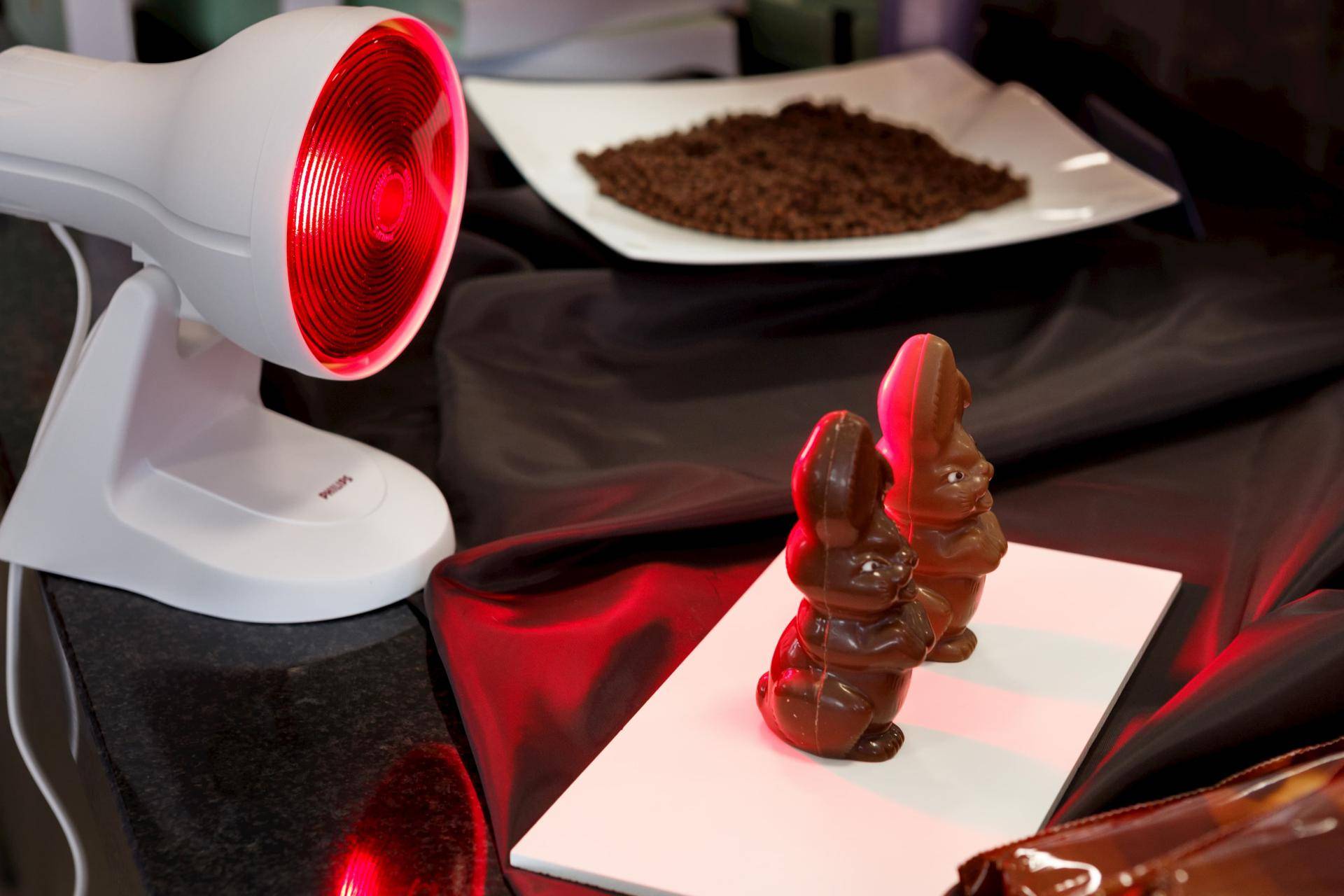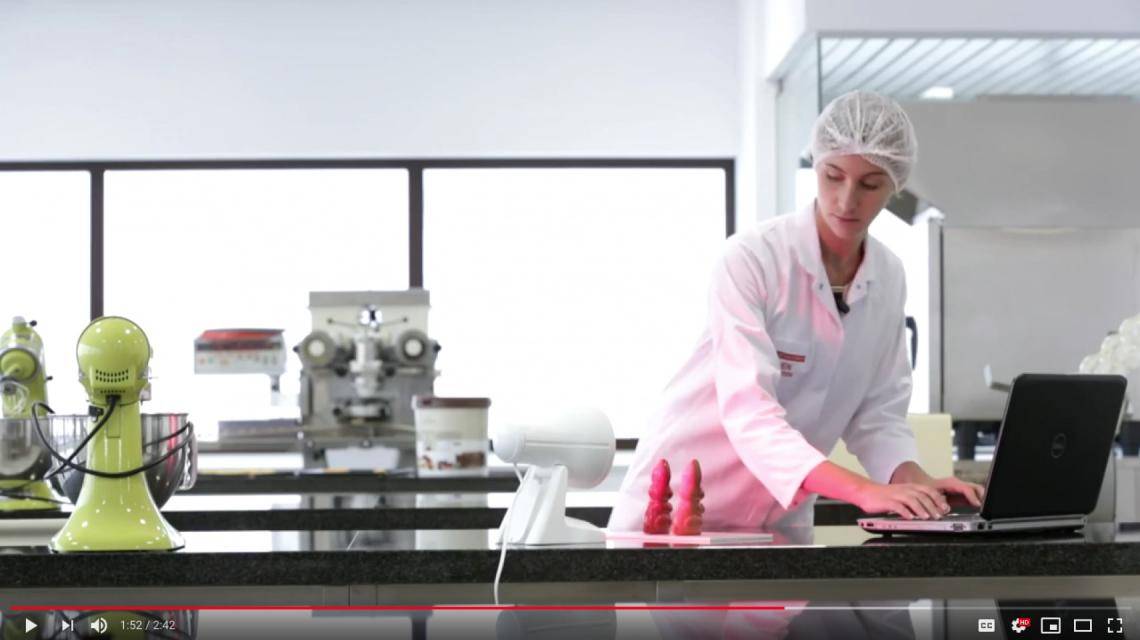Thermo-tolerant chocolate - it's all about taste, and a newly developed toolbox!

Thermo-tolerant chocolate - it's all about taste, and a newly developed toolbox!

Elien van Steen, Project Lead, Thermo-tolerant chocolate, Barry Callebaut
Barry Callebaut invented a new, thermo-tolerant chocolate - what's so special about it?
Elien Van Steen, Project Lead: First of all, we did not invent a new chocolate that can resist higher temperatures. We developed a toolbox. With this toolbox, we can make a chocolate recipe more thermo-tolerant. As a result we can offer our customers the tools to make their chocolate or compound recipes less sensitive to deformation or decrease the chance of products sticking to packaging. This will greatly benefit products displayed in stores in warmer climates. Additionally, the need for cooled transportation may be eliminated.
And this toolbox you developed consists of what exactly - are you just changing ingredients? And if so, with what are you exchanging them?
Elien van Steen: We combine both ingredients and manufacturing processes. This is done on an individual recipe basis. We take a current chocolate recipe and apply different elements of our toolbox to best match the needs of our customers.

Ingeborg van Heetvelde, Team Lead Global Projects, Barry Callebaut
And by doing this you can raise the temperature level of a chocolate by 4 degrees Celsius, correct?
Ingeborg van Heetvelde, Team Lead Global Projects: Not necessarily. Our toolbox currently enables us to go up to 4 degrees Celsius - from about 34 degrees Celsius with a standard chocolate or compound to up to somewhere between 37 to 38 degrees Celsius. Yet, depending on the business case and the needs of a customer we may only need to increase temperature resistance by 1 or 2 degrees Celsius.

Frédéric Depypere, Program Manager Discover Area “Structure Texture Sensory”, Barry Callebaut
The industry saw similar attempts before. Up to now such thermo-resistant chocolates could not convince from a taste point of view - they usually taste rather waxy, no?
Frédéric Depypere, Program Manager Discover Area “Structure Texture Sensory”: Indeed, the most important aspect when creating thermo-tolerant chocolate is taste! Technically you can have the best solution. But if the taste of a thermo-tolerant chocolate does not convince the consumer, it will not work. Taste is absolutely essential here. That's what we focused on, this was our main criterion.
We now have tools on hand to enable us in each case to create a similar tasting, thermo-tolerant chocolate. Our customers, their customers, the end consumer should not taste or feel any difference.

Elien van Steen, Project Lead, Thermo-tolerant chocolate, Barry Callebaut
What was the biggest challenge you had to overcome in the development of the new toolbox?
Ingeborg van Heetvelde: There were quite a few of them: We basically needed to make sure we can create a chocolate that still looks like chocolate, tastes like chocolate, melts like chocolate in the mouth and can be applied to all sorts of applications. Also, Barry Callebaut is a B2B company. Having said this, we need to guarantee the same workability of a thermo-tolerant chocolate delivered to our customers as a comparable, normal chocolate.
Is there room for more? Is +4 degrees Celsius already the end of what you can achieve?
Frédéric Depypere: We will of course try hard to go higher than what we currently can offer as we see a big market potential in regions with hotter climates such as Asia Pacific or Latin America. But it will be challenging. Because, basically, you need to be able to create thermo-tolerant chocolates that should not melt with outside temperatures of for example 40+ degrees Celsius, but should melt nicely in your mouth. We have to become very creative here!
What are the applications in scope?
Frédéric Depypere: These new products can be used for confectionery where milk or dark chocolate or compound is used on the outside of an application. We have put our main focus on molding and enrobing.
How about the price - when you make a current recipe more thermo-tolerant, does that imply a higher price?
Ingeborg van Heetvelde: As the thermo-tolerant chocolate is made with using a special processing technique at our end, price points in general will be above the ones of a standard chocolate, yes. But we kept in mind that our solutions need to be affordable – especially for emerging markets.





